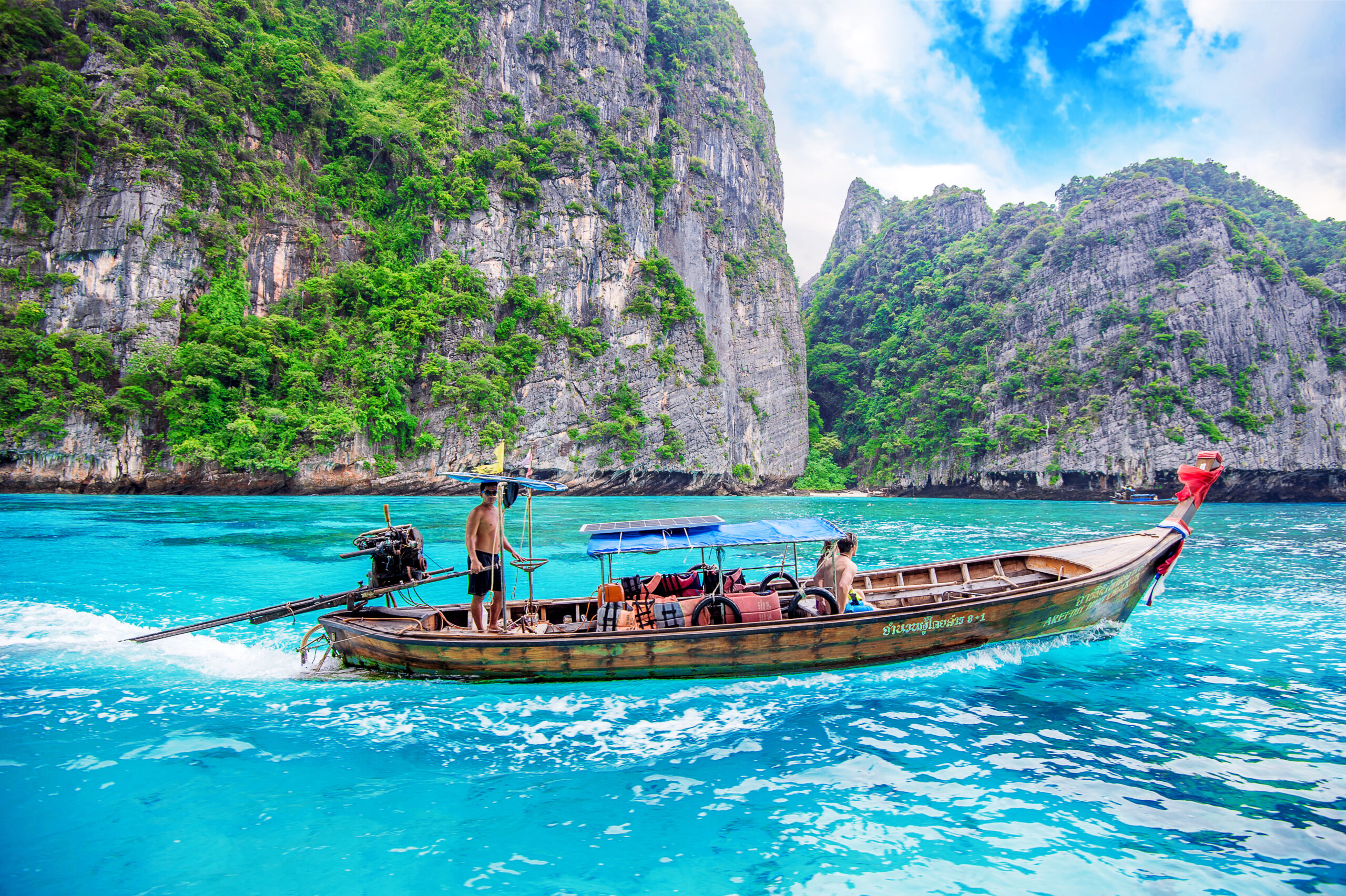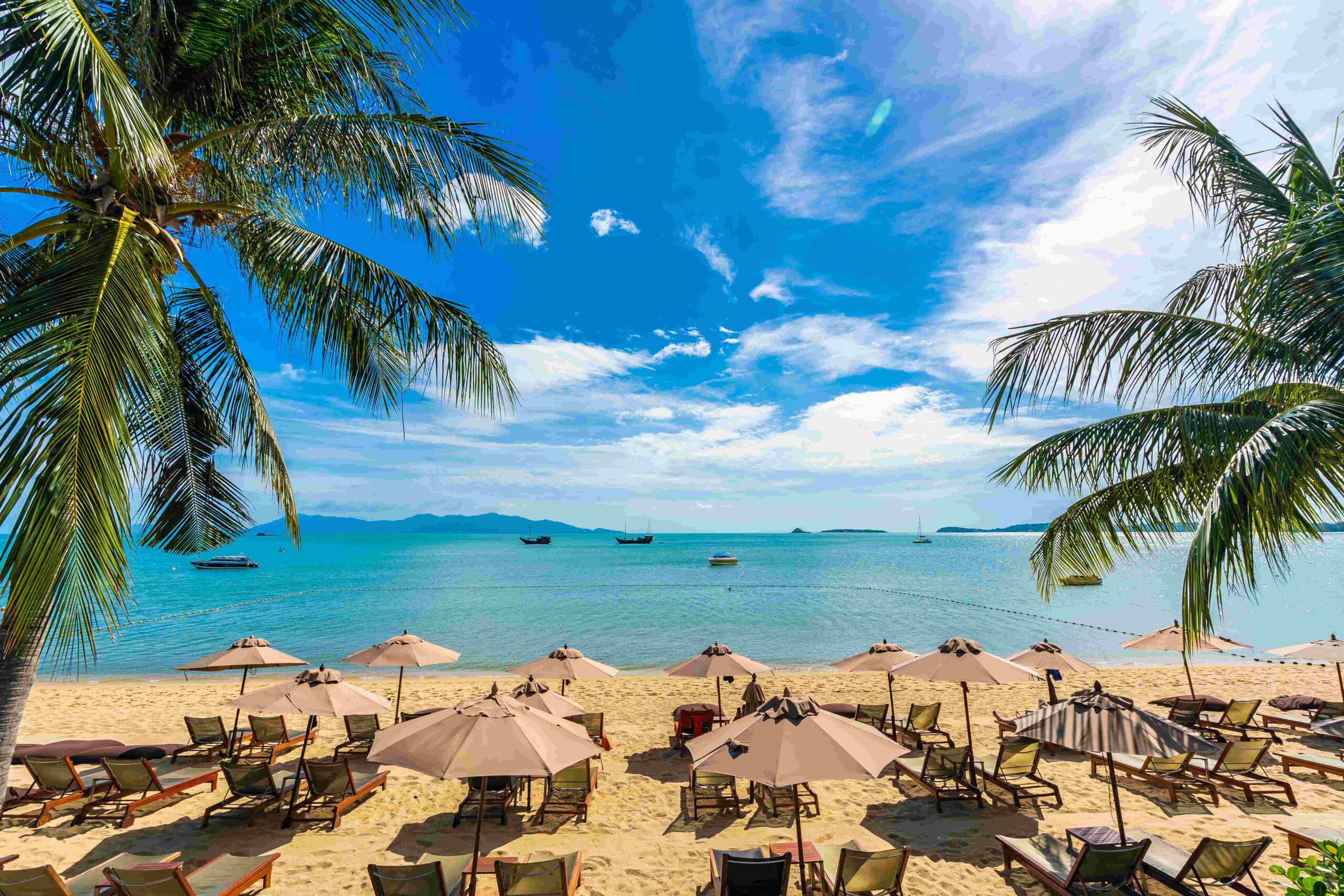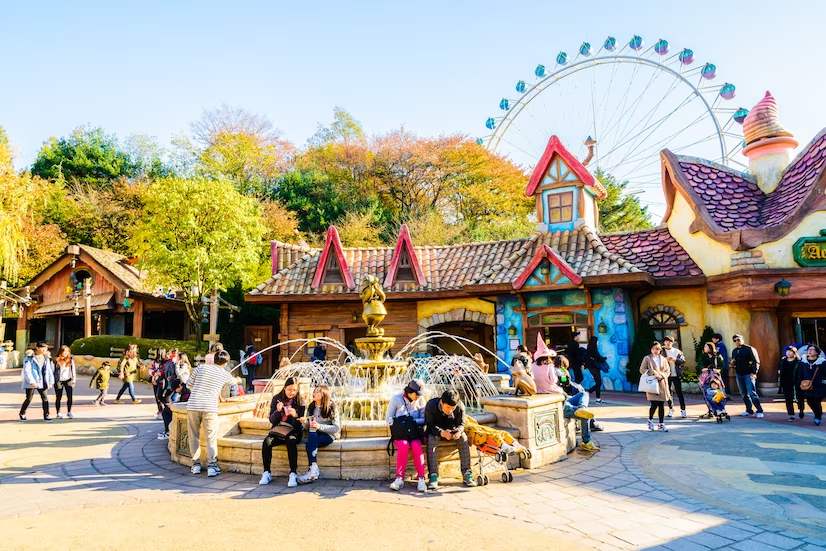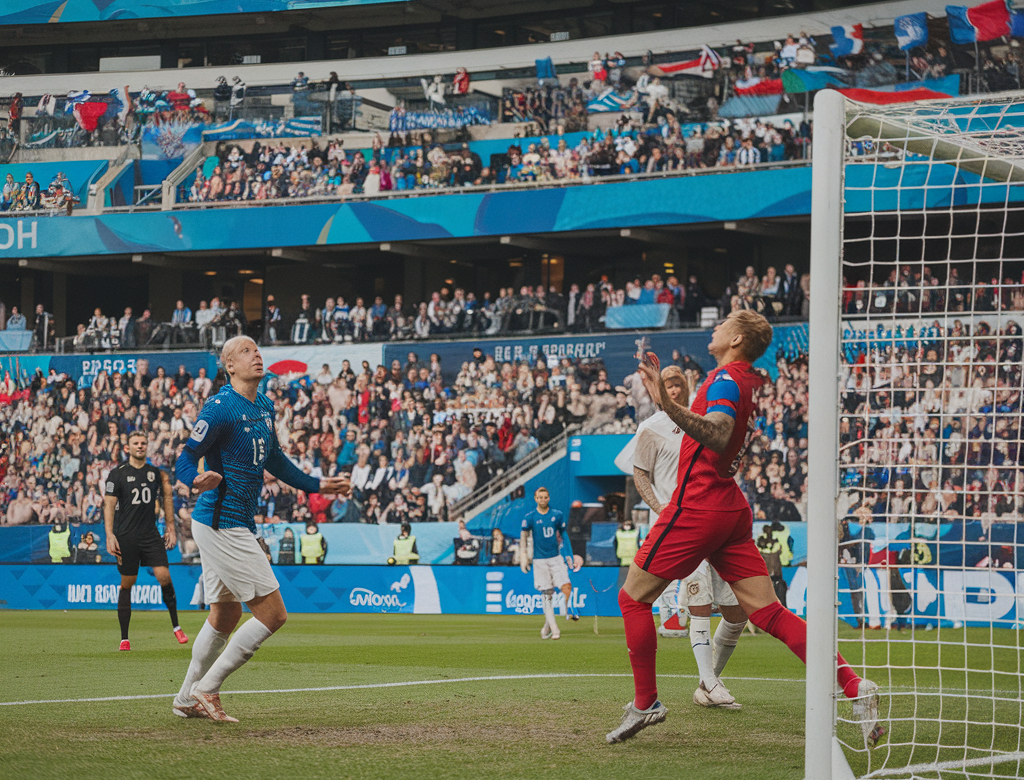- Uncategorized
- May 14, 2025
- No Comment
- 1
Brazil World Cup 2025: When Was It, Where It Is, and How It Attracts Tourism
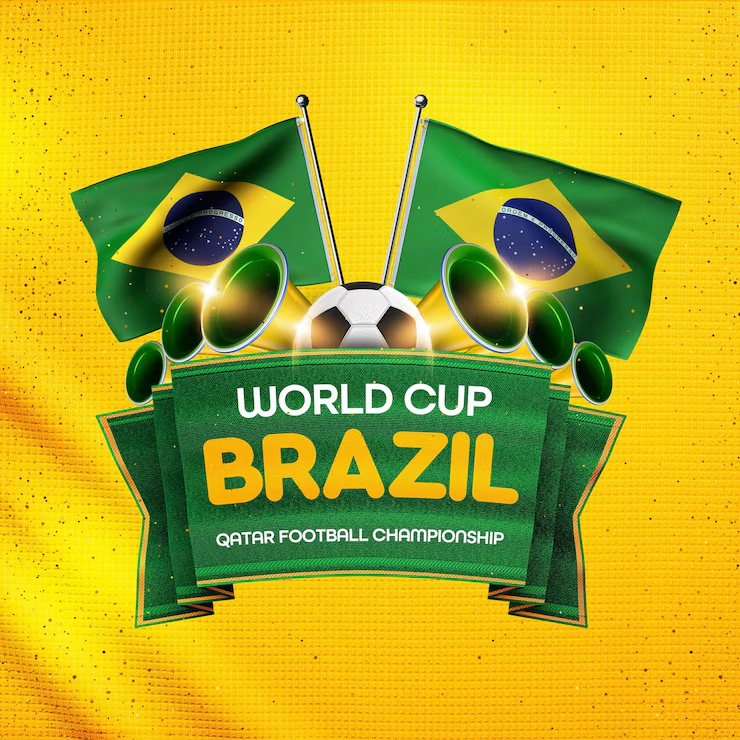
Brazil World Cup 2025— the land of samba, sunshine, and football — once again finds itself at the center of the sporting world in 2025. The Brazil World Cup 2025 is not a traditional FIFA World Cup, but rather a special edition football tournament designed to celebrate the global love for the beautiful game. Combining international flair, cultural richness, and world-class football, the tournament serves not only as a celebration of sport but also as a powerful magnet for tourism and economic activity.
In this blog, we’ll explore when the Brazil World Cup 2025 took place, where it was hosted, and how it successfully attracted millions of tourists from around the globe.
When Was the Brazil World Cup 2025?
The Brazil World Cup 2025 was officially held from June 7 to July 6, 2025, a month-long spectacle that fit perfectly within the international football calendar. Designed as a global invitational tournament organized by CONMEBOL in partnership with FIFA and the Brazilian government, the event aimed to reignite football passion ahead of the 2026 FIFA World Cup in North America.
The timing was ideal:
-
It allowed national teams and clubs to participate during the off-season.
-
It avoided overlap with major tournaments like the UEFA Euro 2024 and Copa América 2024.
-
It took advantage of Brazil’s winter season — a comfortable time for both players and tourists.
The tournament was not just about trophies; it was a cultural festival, a tourism booster, and a celebration of football history and heritage.
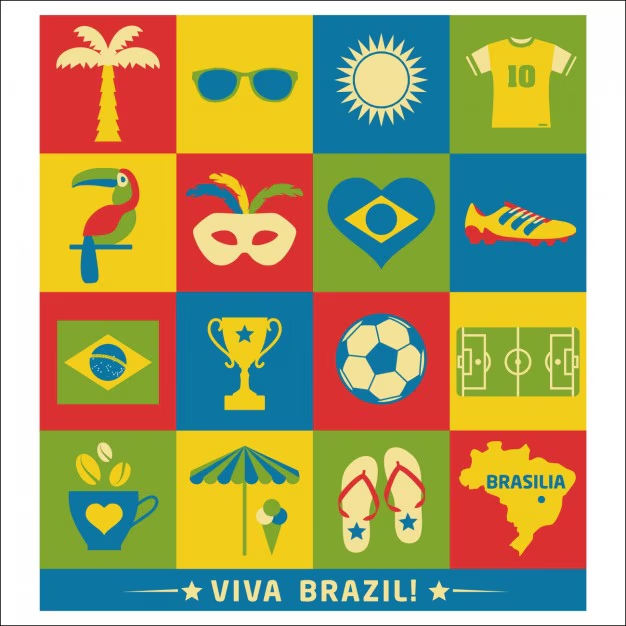
Where Was the Brazil World Cup 2025 Hosted?
As a country with a rich footballing history and prior experience hosting major global events like the 2014 FIFA World Cup and 2016 Summer Olympics, Brazil was a natural choice. The Brazil World Cup 2025 took place in eight major cities across the country, each offering its own unique flavor of culture, food, architecture, and energy.
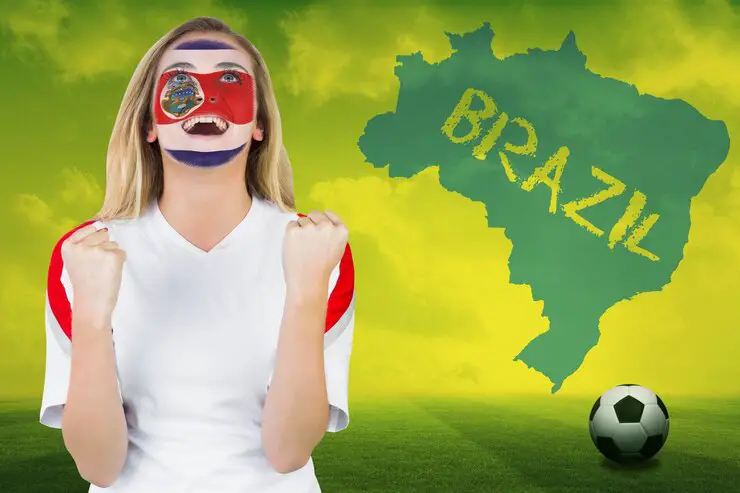
1. Rio de Janeiro
Home to the legendary Maracanã Stadium, Rio was the heart of the tournament. The city hosted the opening and final matches, along with beach festivals, fan zones on Copacabana, and samba parades celebrating football.
2. São Paulo
Brazil’s largest city and economic hub hosted key group and knockout matches at Arena Corinthians. With its skyscrapers and nightlife, São Paulo gave fans a modern, metropolitan football experience.
3. Brasília
The capital city showcased its futuristic architecture and the renovated Estádio Nacional Mané Garrincha, serving as a hub for international diplomacy, conferences, and football tourism.
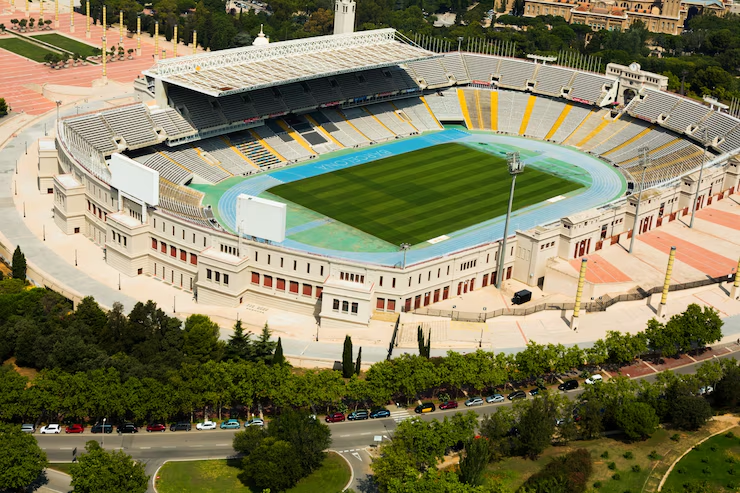
4. Salvador
Famous for its Afro-Brazilian culture and colonial charm, Salvador hosted games at Arena Fonte Nova. The city’s Carnival-like atmosphere turned every matchday into a street party.
5. Porto Alegre
Located in the south, Porto Alegre offered a more temperate climate and enthusiastic local support at Beira-Rio Stadium.
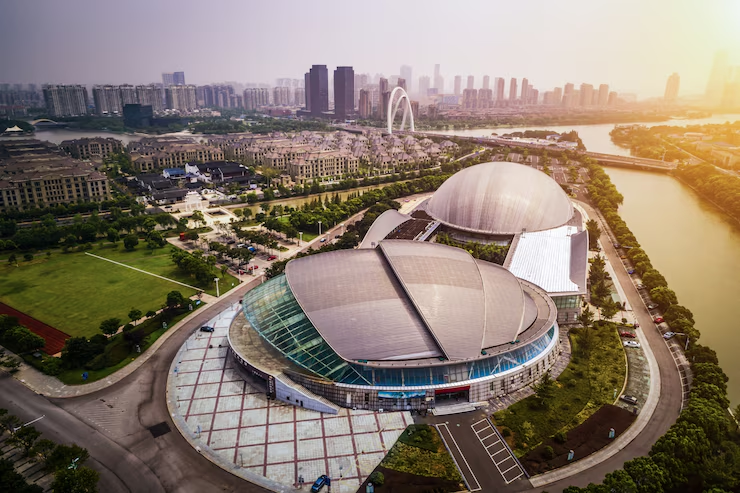
6. Recife
The northeast coastal city added beach vibes and warmth, with matches at Arena Pernambuco and stunning fan zones along the Atlantic coast.
7. Belo Horizonte
Historic and hospitable, this city welcomed fans to Mineirão Stadium, known for its passionate crowd and iconic football history.
8. Curitiba
Renowned for its urban planning and greenery, Curitiba was a surprising favorite for tourists seeking a calm and eco-conscious environment.
How the Brazil World Cup 2025 Attracted Tourism
The Brazil World Cup 2025 wasn’t just a football event; it was a massive tourism campaign in disguise. Leveraging its natural beauty, culture, and football legacy, Brazil turned the tournament into a tourism powerhouse, boosting local economies, small businesses, and global visibility.
1. Pre-Tournament Marketing Campaigns
Months before the tournament kicked off, Brazil launched a global campaign titled “Viva o Futebol – Experience Brazil”. It targeted fans, families, and travel enthusiasts with:
-
360° virtual tours of stadiums and cities
-
Influencer-driven travel vlogs on YouTube and Instagram
-
Discounts on flight and hotel packages via official travel partners
-
Multilingual advertising across Europe, North America, and Asia
Tourists weren’t just coming for football — they were coming for an experience.
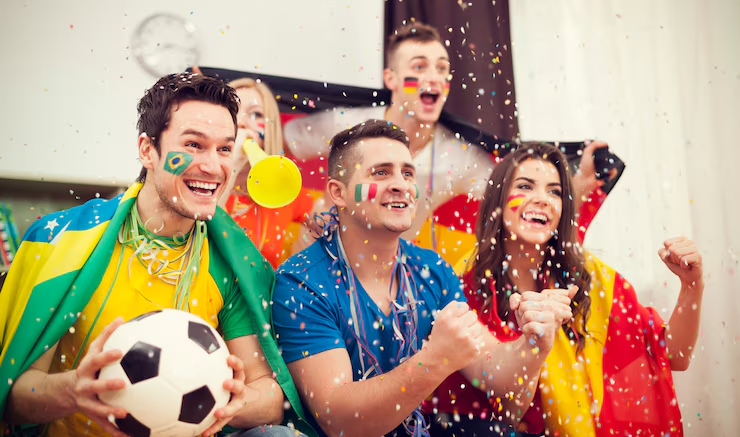
2. Festival-Style Fan Zones
Every host city created a “Fan Village” where matches were screened live alongside music festivals, food trucks, cultural performances, and local artisan markets. These zones became must-visit attractions even for those without tickets.
-
In Rio, the Copacabana Fan Fest featured daily live music, beach sports, and fireworks.
-
Salvador’s Pelourinho district turned into an open-air museum with parades and culinary fairs.
This inclusive approach drew in both hardcore football fans and casual travelers.
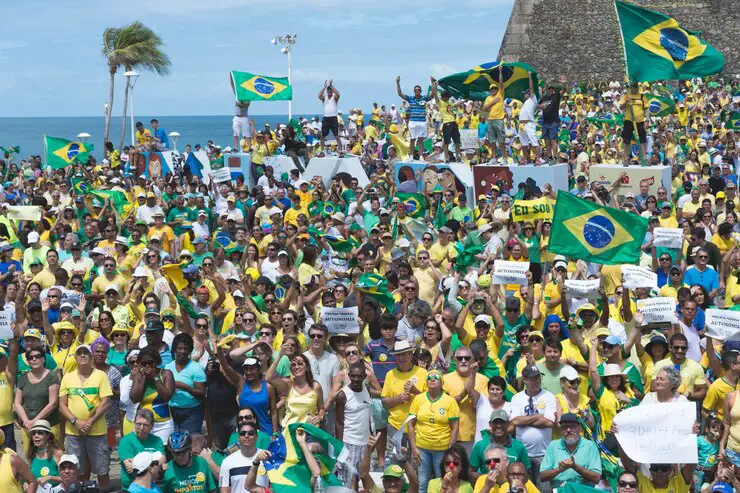
3. Integrated Cultural Tourism Packages
Tourists were offered customized cultural travel packages, such as:
-
Football Heritage Tours: Visiting the birthplaces of legends like Pelé and Garrincha.
-
Samba and Football: Combining match tickets with samba dance classes and music shows.
-
Eco-Tourism Routes: Pairing matches in Curitiba or Manaus with Amazon jungle excursions or waterfall hikes.
These packages extended visitor stays and encouraged travel beyond match cities, boosting lesser-known regions.
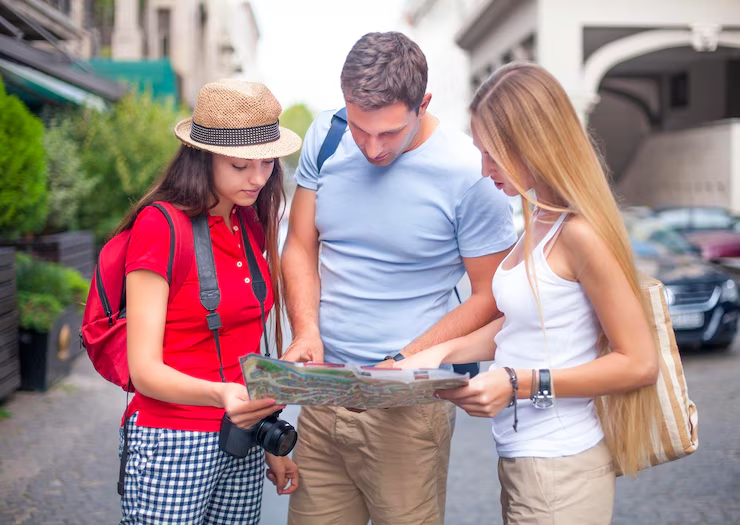
4. Safe and Smart Infrastructure
Safety and convenience were top priorities. Brazil implemented a range of smart travel technologies:
-
Real-time crowd monitoring in stadiums
-
Tourist assistance apps in English, Spanish, and Portuguese
-
Digital passes combining match tickets, transport, and museum entries
The use of eco-friendly public transport, solar-powered stadiums, and mobile payment systems gave tourists modern, safe, and sustainable travel experiences.

5. Local Business Empowerment
The government collaborated with local businesses to ensure tourism benefits reached communities:
-
Artisan markets were allowed to set up near stadiums.
-
Local food vendors were licensed and trained for hygiene and service.
-
Airbnb-style accommodations were promoted to supplement hotels.
Many tourists stayed in authentic Brazilian homes, gaining immersive cultural experiences and helping locals earn income.
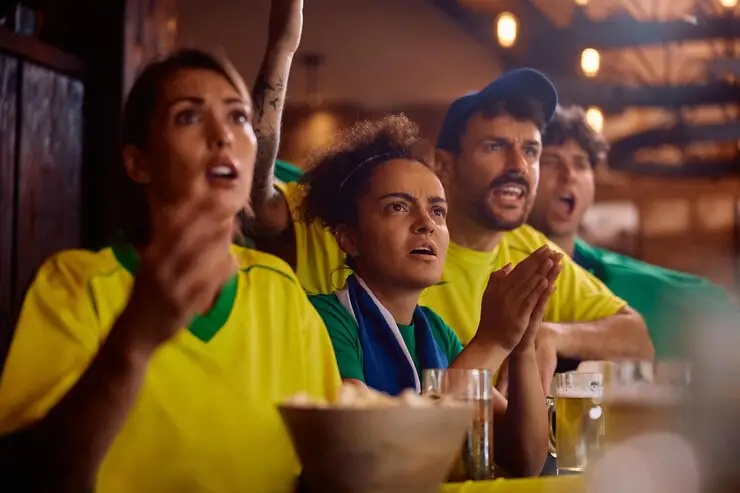
Impact on Brazil’s Tourism and Economy
The Brazil World Cup 2025 resulted in an estimated 5.6 million international tourists, surpassing projections. Cities like Salvador and Recife saw up to 30% increase in tourism revenue compared to previous years.
According to Brazil’s Ministry of Tourism:
-
Over $3.5 billion USD was injected into the economy during the tournament.
-
Hotel occupancy in major cities averaged 85%.
-
Small business sales saw a 40% surge, especially in food, souvenirs, and transport.
More importantly, Brazil improved its international image as a safe, welcoming, and culturally rich destination — well beyond football.
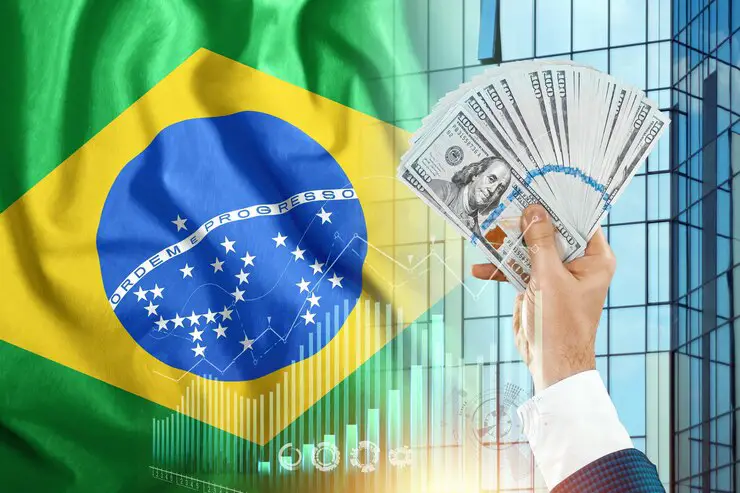
Conclusion: Brazil Wins More Than Just Matches
The Brazil World Cup 2025 was a bold, joyful celebration of everything football stands for — unity, excitement, and identity. But beyond the pitch, it served as a shining example of how a sporting event can be a springboard for tourism, cultural exchange, and economic development.
From the iconic Maracanã to the colorful streets of Salvador, Brazil didn’t just host a tournament — it told a story. And the world came not just to watch, but to live it.
As fans packed their bags and the stadium lights dimmed, one thing was clear: Brazil had once again shown why it’s not just a country where football is played — it’s where football lives.

